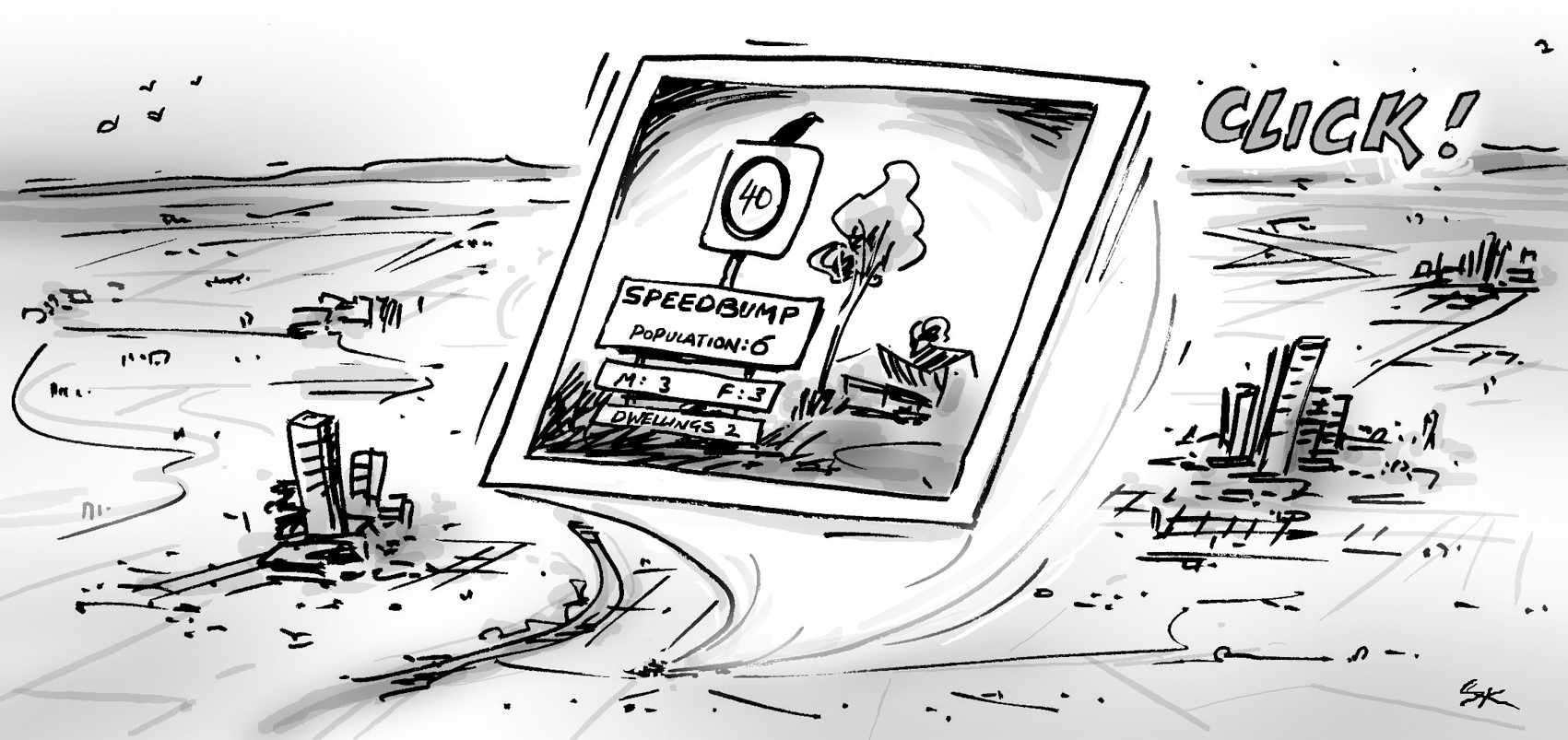If you follow our blog closely you’d be aware we’ve been incrementally releasing updates to our free online tools to include data from the 2016 Census.
In this update, we look at running custom reports with the data exporter tool and the power of spatial mapping to uncover clusters of your population at the extreme ends of the income and housing expenditure ranges in your community.
In this update
- Create custom reports: the data exporter now has 2016 Census data
- Visualise median income and housing expenditure patterns with updated maps in your social atlas
- Population highlights page now shows change over time and improved benchmarks
2016 Census data now in data exporter
The data exporter has now been updated for all topics from the first release of 2016 Census data from the ABS.
This means topics from second release (such as employment data) will still show 2011 figures in the data exporter until the second release data is added to the profile.
How is the data exporter different to the regular profiles?
The data exporter lets you create and export raw figures for whatever combination of data types, time frames, topics and geographies you need (for example, you may wish to look at how different areas within your LGA compare for a particular topic).
Where do I find the data exporter?
The data exporter is included in every community profile – you can find it in the Downloads section.
New maps added in your social atlas
If your community subscribes to the social atlas tool, you can now see median household income and median mortgage and rental payments for each of the small areas that make up your community.
These maps allow you to pinpoint pockets of relatively high or low median income or housing expenditure that are often concealed by an area’s average.
Where do I find these maps?
Go to the social atlas for your area, and use the map selector to explore the income and wellbeing and housing costs tabs.
Tell more stories with population highlights
We received some great feedback when we released our first update to the populations highlights page a few weeks ago.
This page is particularly popular with the communications teams in local governments, who use the export feature to create a simple .pdf overview of their council for reports.
We’ve now added change over time indicators, so, at a glance, you can see how each figure has changed since the last Census.
Where do I find the Population highlights page?
In your community profile, you will see population highlights is the second item on the menu to the left.
Use the Area dropdown to look at the population highlights for your entire LGA (or the small areas within), and the export button for a neat summary of your population for your next report.
Next up
Now we’ve added all the first release data to the main area profiles in your community profile, we’re turning our attention to the custom modules that some subscribers have within the tool.
Additional areas
Often, rural and regional areas use our additional areas module to profile small towns and centres that don’t fit a standard small area geography (like we would use in a regular area profile). We’ll be updating these additional area profiles for subscribers in the coming weeks.
Communities of interest
We’ll also be working on updates to the communities of interest module.
Whenever we conduct a training or briefing session, we inevitably get questions about subsets of a specific population segment (for example, “Of the people in our LGA who weren’t born in Australia, how many do not speak English at home?”)
While our standard Area profiles tell you how many people were born overseas, and how many people speak English at home, combining the two questions takes some behind-the-scenes work.
Our communities of interest modules use cross-tabulated data to answer these important questions. The topics covered within the module vary from council-to-council, but will all soon be updated with data from the 2016 Census. Indigenous profiles are another example of communities of interest, and will be included in this update.
Stay up-to-date
Bookmark our 2016 Census update tracker page, where we announce each new topic release as-it-happens, alongside great insights and analysis from our team of population experts.
Questions?
We want you to feel confident using these updates to understand the story of your changing community.
If you’re still not sure about any of our updates, leave a comment below and we’ll be happy to clarify.

.png)







